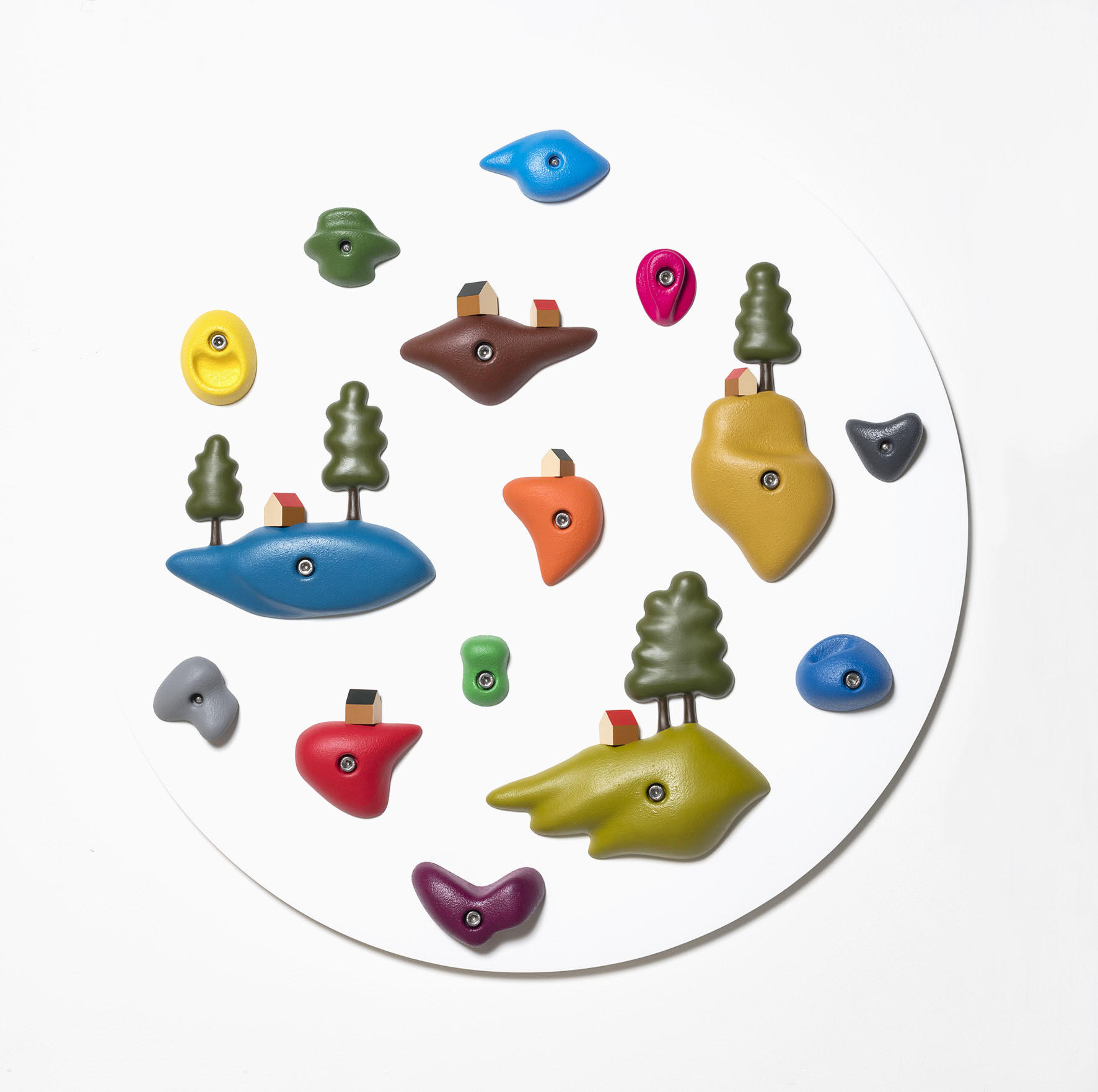Exhibition
Bunpei Kado : Proto-Planet
2016. Jun. 24 (fri) - Jul. 17 (sun)
We are pleased to announce Bunpei Kado's solo exhibition : Proto-Planet.
| Date | 2016. Jun. 24 (fri) - Jul. 17 (sun) |
|---|---|
| Hours | 11:00 - 19:00 (closed on Mondays) |
| Reception | 2016. 6. 24 (fri) 18:00 - 20:00 |
Bunpei Kado was born in 1978 in Fukui prefecture. He is based in Tokyo, pursuing his artistic career since graduating from Musashino Art University, where he also worked as an assistant lecturer. He received the special award of the 10th TARO Award in 2007. He has attracted attention with artworks combining ordinary objects from everyday existence such as bonsai and pylons, or a chair and tree sprouts, into unusual combinations evoking fresh meanings. He participated in the Setouchi Triennale in 2013 with a project in an abandoned house located in one of the small islands in the Seto Inland Sea. Here, his approach shifted from an approach forming the work from externally manipulated elements, to one that incorporated the spatial context within the work.
Kado’s artworks often feature things we see in everyday life. Rather than using these objects as they are, however, he applies craftsman-like detailed arrangements to their surfaces and shapes and turns them into somewhat more stereotypical objects. Let’s think about an ordinary chair or a conventional gas cylinder. By adding something completely unexpected such as tree branches to these manufactured products, the combined objects become artworks that look humorous. Although appealing artworks in their own right, it is not difficult to imagine how these little creations formed through such processes can also find a wider audience. However, Kado’s true artistic value is clearly demonstrated through his production of alternate meanings through hybridising objects of fundamentally different natures. For instance, his artwork combining a wooden chair and tree branches reminded us of the many phases of the life of trees as the source of an everyday and abundant material. This draws out viewers’ imagination in the manner of a word-association game. It is precisely because art provides such space for various interpretations from diverse viewers that art is so fascinating, just as reading between the lines when flipping through a novel.
Unlike contemporary TV dramas or manga comics, which compel the instantaneous appreciation of viewers, art is dependent upon the approach that viewers are predisposed towards, and the degree of interest that viewers bring to it. Kado is an outstandingly fascinating artist amongst his peers, and as long as we adopt a receptive attitude to see and think through his artworks, there will be an endless stream of attractions emanating from his work. It’s not necessary to interpret a superficial meaning of an image and then ponder the hidden messages beneath its surfaces through semiology or representational theory a la Roland Barthes. In the midst of our sophisticated information society, we are no longer conscious of signs as we are already bound up within a relentless word-association game. In this context, you can see in Kado’s artworks how different layers of meanings would contribute to enhance the interest of artworks themselves. The conjunction of layers does not operate like a simple additive procedure, such as 1+1=2, but rather more like a multiplication procedure, in which 1x1=1 yet 2x2=4. His recent artworks are less tightly defined in order to incorporate additional meanings and the range of vocabulary of his artworks has been rapidly expanding.
Kado participated in Ichihara Art x Mix in 2014. Artworks installed in this ongoing project using a classroom in an abandoned school as a studio space have been continuously evolving and exposed to the public on a regular basis whenever completely new elements are added. Kado has been carving the topography of Ichihara municipality on school desks. This makes us aware of something that we wouldn’t take notice of by just driving here: a large part of mountainous areas of the city have been transformed into golf courses which are mainly used by people visiting from Tokyo on day trips. This phenomenon itself is nothing unusual. We just tend to be oblivious to the fact that substantial areas of the city have been turned into such facilities used mainly by a particular group of people living in Tokyo. This in itself is not a big deal. At the same time, on closer inspection you begin to see one of the hidden consequences of the contemporary metropolis and it is only natural that Kado, as an artist, regards such a phenomenon as a worthy theme to tackle. He is neither critical nor pessimistic about how the world is. Nor does he attempt to use documentation in his artworks in a serious manner. What he does rather is to create an artwork which may give some clues for viewers to look at the present situation from a completely different perspective. He has been working on creating an artwork for spring 2016 which is an automated machine hitting golf balls towards the gigantic georama of the city carved on the school desks spread out in the classroom.
The artworks that Kado has created so far could be seen to be fully completed works, presenting interesting alternative meanings through combining different elements. However, the direction he has embarked on for the exhibition in Ichihara explores environment and situations enveloping the subject. In other words, we could suggest that the common grounds between his artwork and the viewers’ worlds are being more consciously sought for.
Toshio Kondo (Art Front Gallery)
Kado’s artworks often feature things we see in everyday life. Rather than using these objects as they are, however, he applies craftsman-like detailed arrangements to their surfaces and shapes and turns them into somewhat more stereotypical objects. Let’s think about an ordinary chair or a conventional gas cylinder. By adding something completely unexpected such as tree branches to these manufactured products, the combined objects become artworks that look humorous. Although appealing artworks in their own right, it is not difficult to imagine how these little creations formed through such processes can also find a wider audience. However, Kado’s true artistic value is clearly demonstrated through his production of alternate meanings through hybridising objects of fundamentally different natures. For instance, his artwork combining a wooden chair and tree branches reminded us of the many phases of the life of trees as the source of an everyday and abundant material. This draws out viewers’ imagination in the manner of a word-association game. It is precisely because art provides such space for various interpretations from diverse viewers that art is so fascinating, just as reading between the lines when flipping through a novel.
Unlike contemporary TV dramas or manga comics, which compel the instantaneous appreciation of viewers, art is dependent upon the approach that viewers are predisposed towards, and the degree of interest that viewers bring to it. Kado is an outstandingly fascinating artist amongst his peers, and as long as we adopt a receptive attitude to see and think through his artworks, there will be an endless stream of attractions emanating from his work. It’s not necessary to interpret a superficial meaning of an image and then ponder the hidden messages beneath its surfaces through semiology or representational theory a la Roland Barthes. In the midst of our sophisticated information society, we are no longer conscious of signs as we are already bound up within a relentless word-association game. In this context, you can see in Kado’s artworks how different layers of meanings would contribute to enhance the interest of artworks themselves. The conjunction of layers does not operate like a simple additive procedure, such as 1+1=2, but rather more like a multiplication procedure, in which 1x1=1 yet 2x2=4. His recent artworks are less tightly defined in order to incorporate additional meanings and the range of vocabulary of his artworks has been rapidly expanding.
Kado participated in Ichihara Art x Mix in 2014. Artworks installed in this ongoing project using a classroom in an abandoned school as a studio space have been continuously evolving and exposed to the public on a regular basis whenever completely new elements are added. Kado has been carving the topography of Ichihara municipality on school desks. This makes us aware of something that we wouldn’t take notice of by just driving here: a large part of mountainous areas of the city have been transformed into golf courses which are mainly used by people visiting from Tokyo on day trips. This phenomenon itself is nothing unusual. We just tend to be oblivious to the fact that substantial areas of the city have been turned into such facilities used mainly by a particular group of people living in Tokyo. This in itself is not a big deal. At the same time, on closer inspection you begin to see one of the hidden consequences of the contemporary metropolis and it is only natural that Kado, as an artist, regards such a phenomenon as a worthy theme to tackle. He is neither critical nor pessimistic about how the world is. Nor does he attempt to use documentation in his artworks in a serious manner. What he does rather is to create an artwork which may give some clues for viewers to look at the present situation from a completely different perspective. He has been working on creating an artwork for spring 2016 which is an automated machine hitting golf balls towards the gigantic georama of the city carved on the school desks spread out in the classroom.
The artworks that Kado has created so far could be seen to be fully completed works, presenting interesting alternative meanings through combining different elements. However, the direction he has embarked on for the exhibition in Ichihara explores environment and situations enveloping the subject. In other words, we could suggest that the common grounds between his artwork and the viewers’ worlds are being more consciously sought for.
Toshio Kondo (Art Front Gallery)
Artists
Related News

![[Bunpei Kado] Participation in the international group exhibition](https://artfrontgallery.com/whatsnew/assets_c/2025/06/6413c9b8da805a040e7a50eb099ad522a6a33eb2-thumb-1440x1080-12792.jpg)


![[Art Fair] ART SG 2025 in Singapore](https://artfrontgallery.com/whatsnew/assets_c/2024/12/Eko%20Nugroho_bubunn-thumb-961x961-12427.jpg)






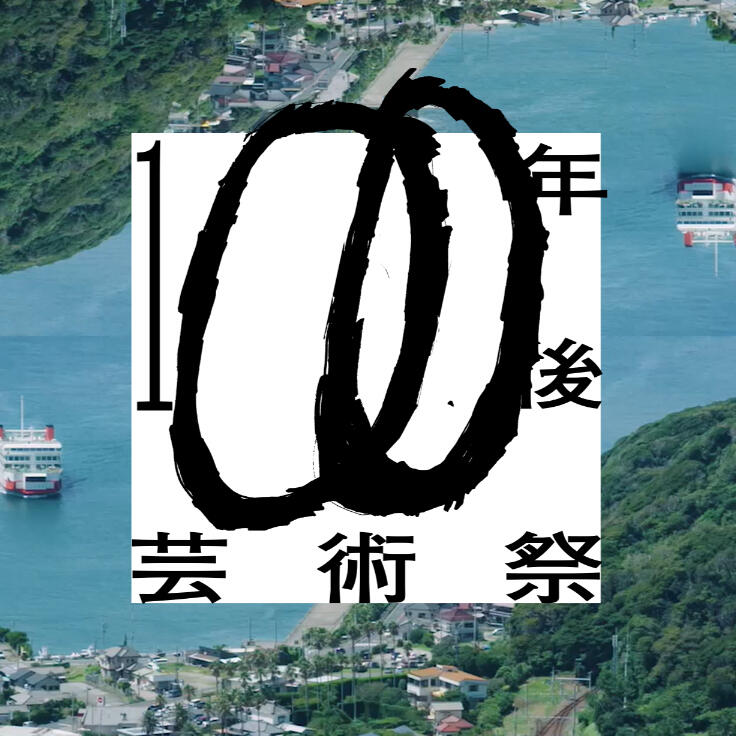
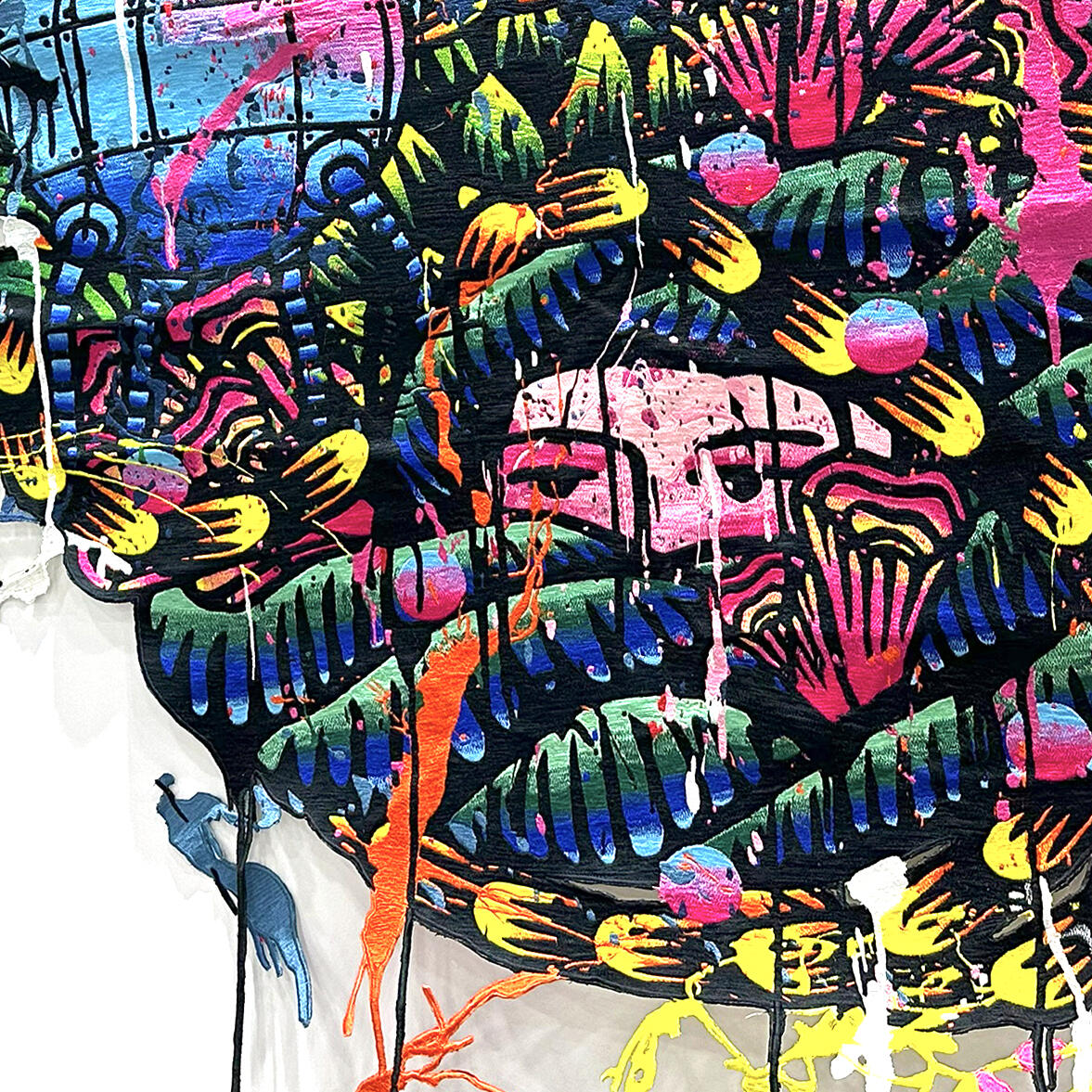

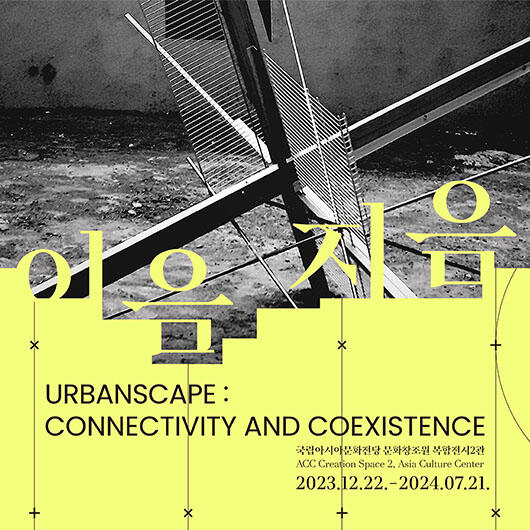

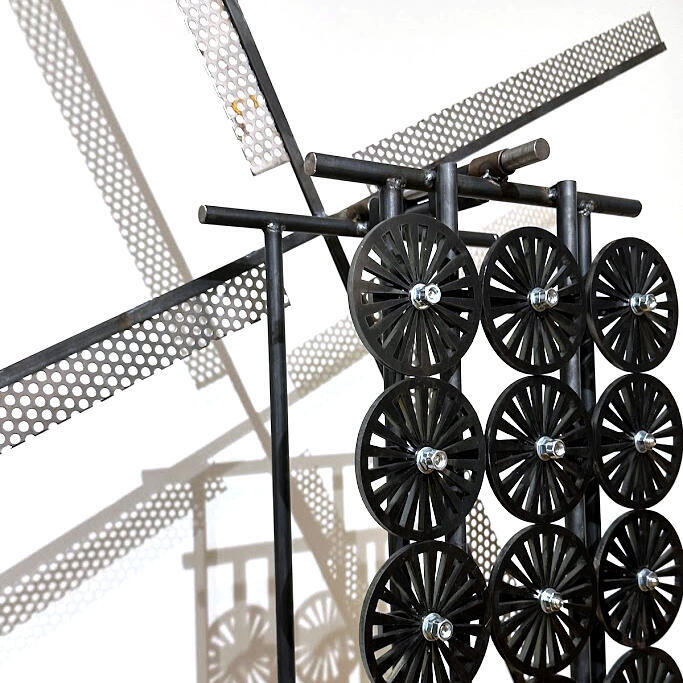

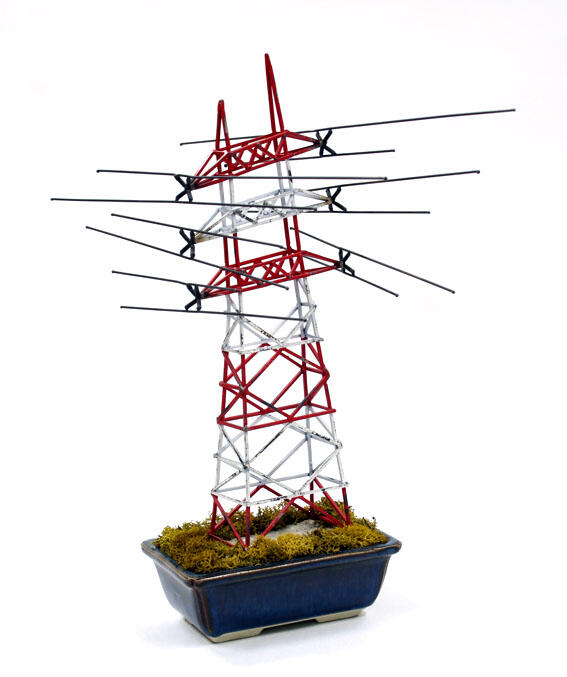

![[ART FAIR] Kiaf SEOUL 2023 / 키아프 서울 2023](https://artfrontgallery.com/whatsnew/assets_c/2023/09/kiaf-thumb-652x652-11457.jpg)
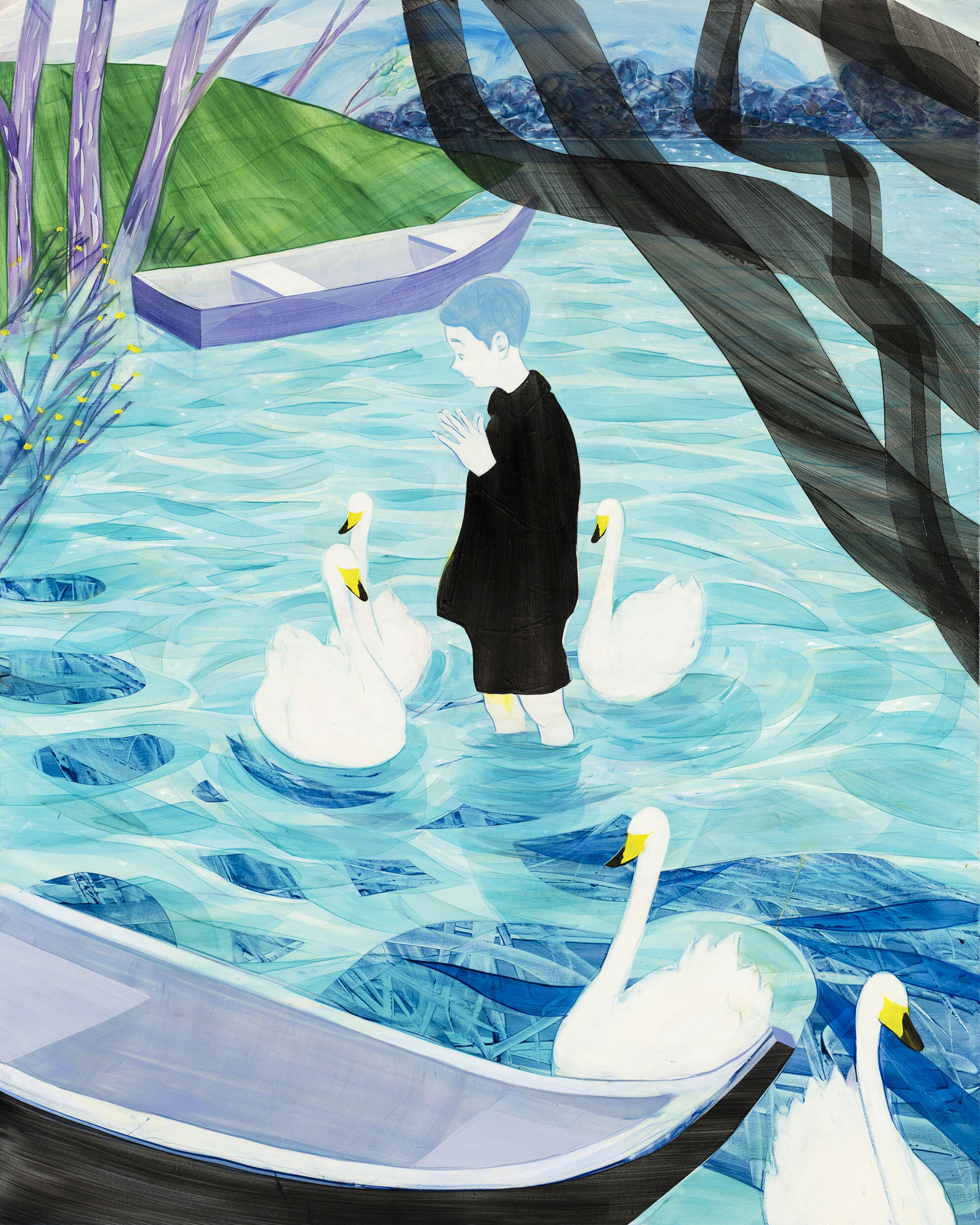
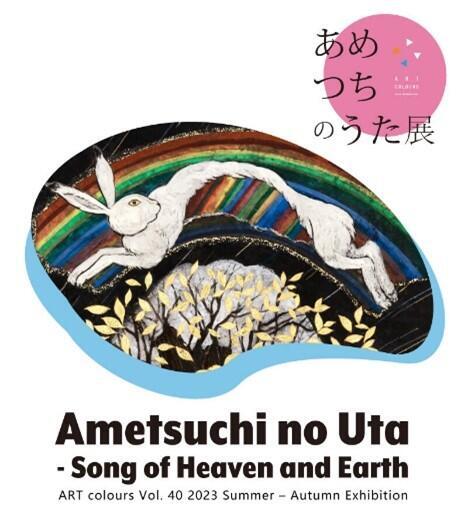
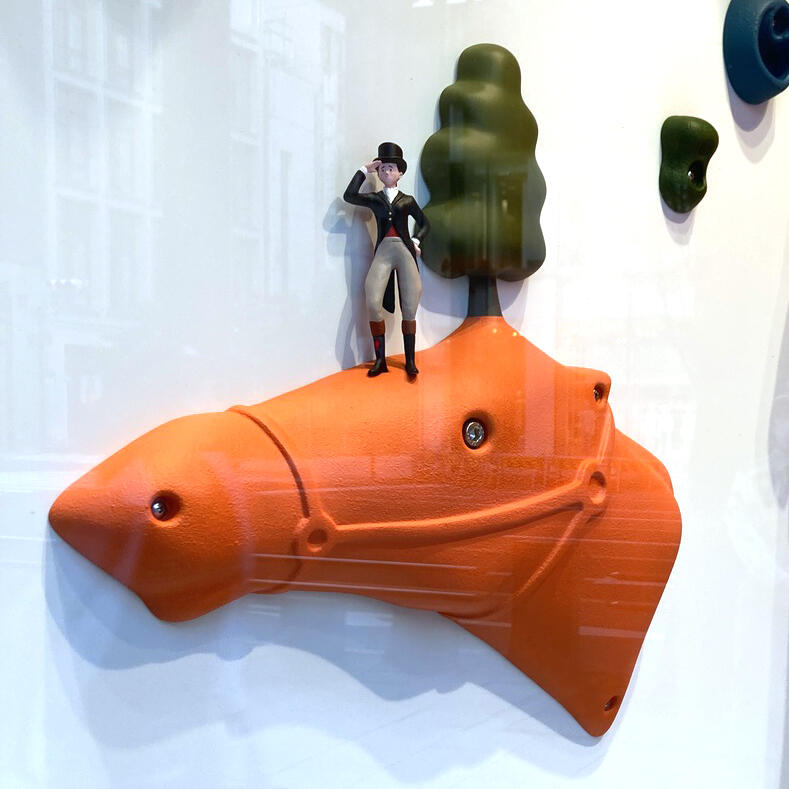


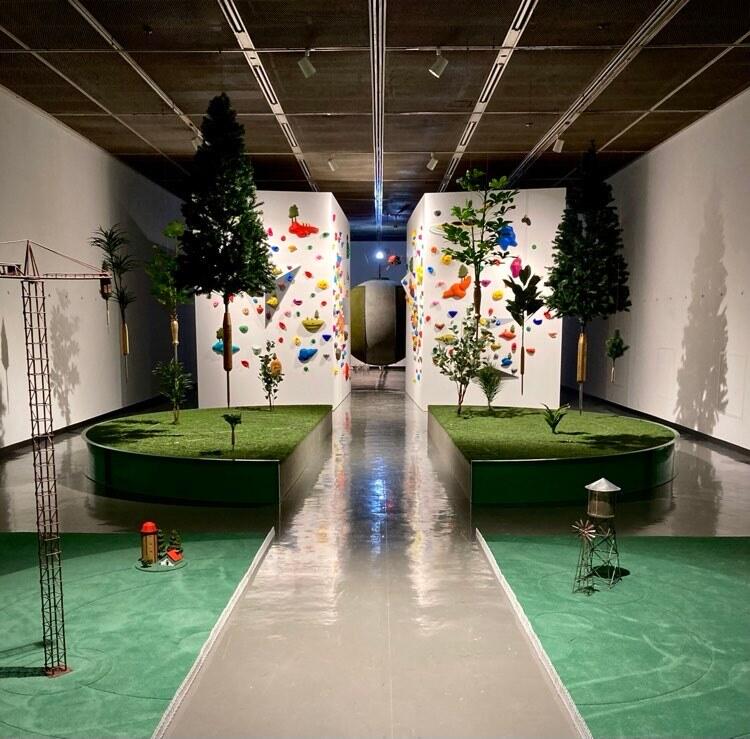
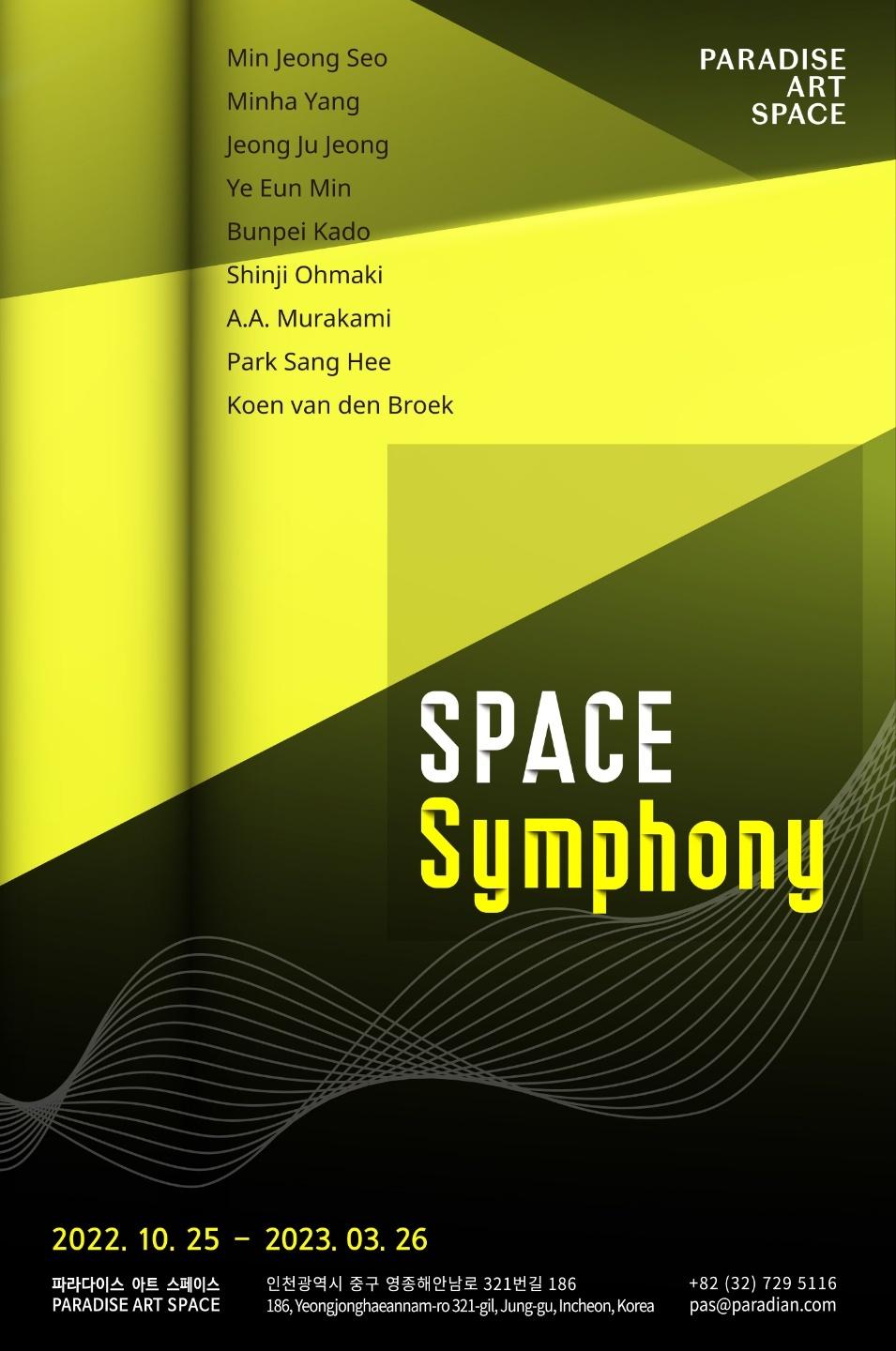


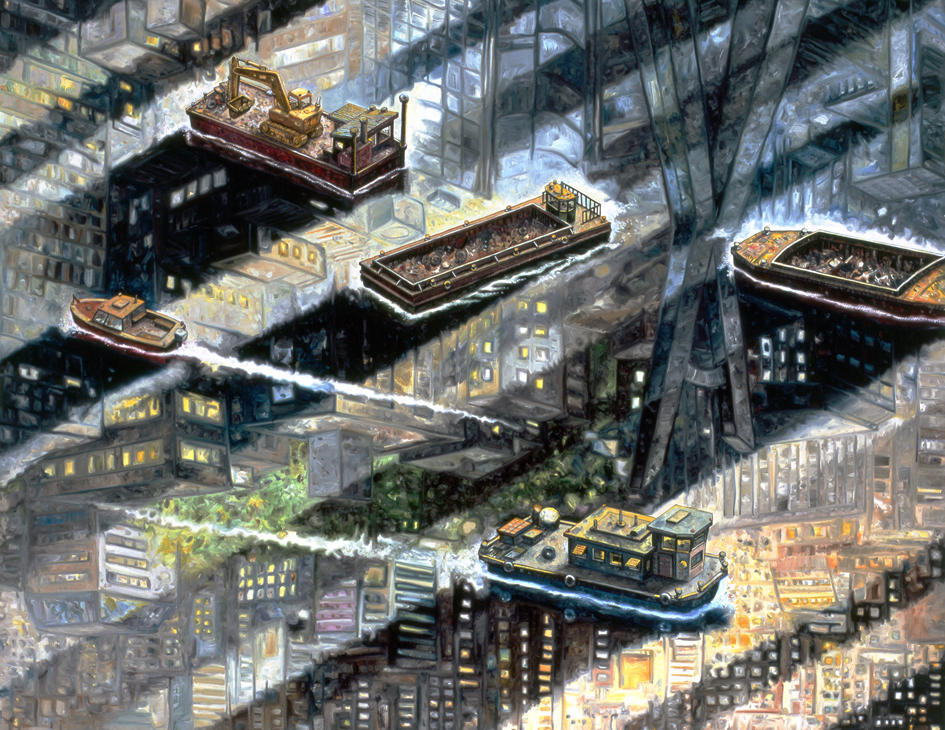

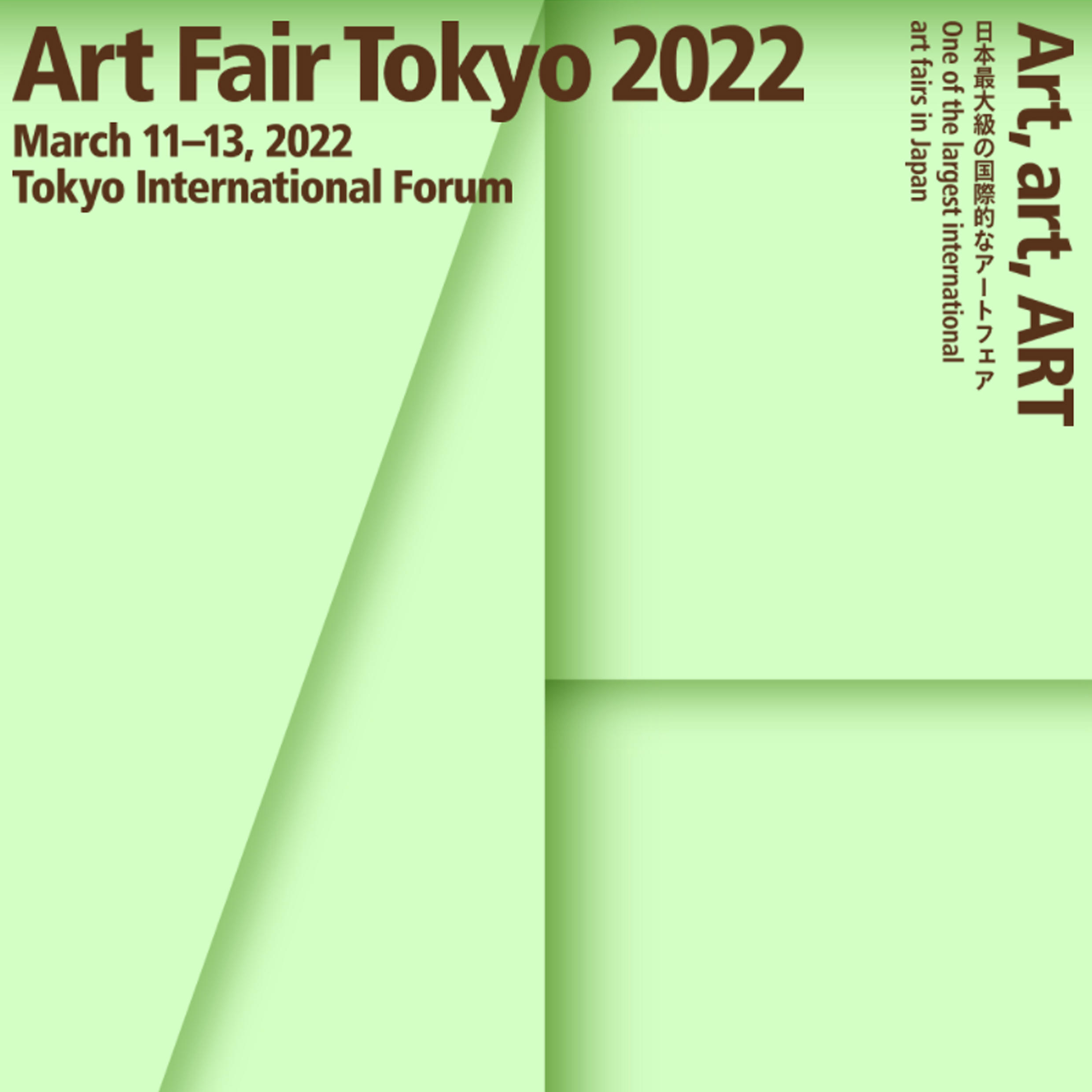


![[Interview] Bunpei Kado : Secret room](https://artfrontgallery.com/whatsnew/assets_c/2021/06/_DSC5323-thumb-2480x2480-8870.jpg)
![[Interview] Bunpei Kado : The garden](https://artfrontgallery.com/whatsnew/assets_c/2021/06/_DSC5133-thumb-2480x1653-8827.jpg)





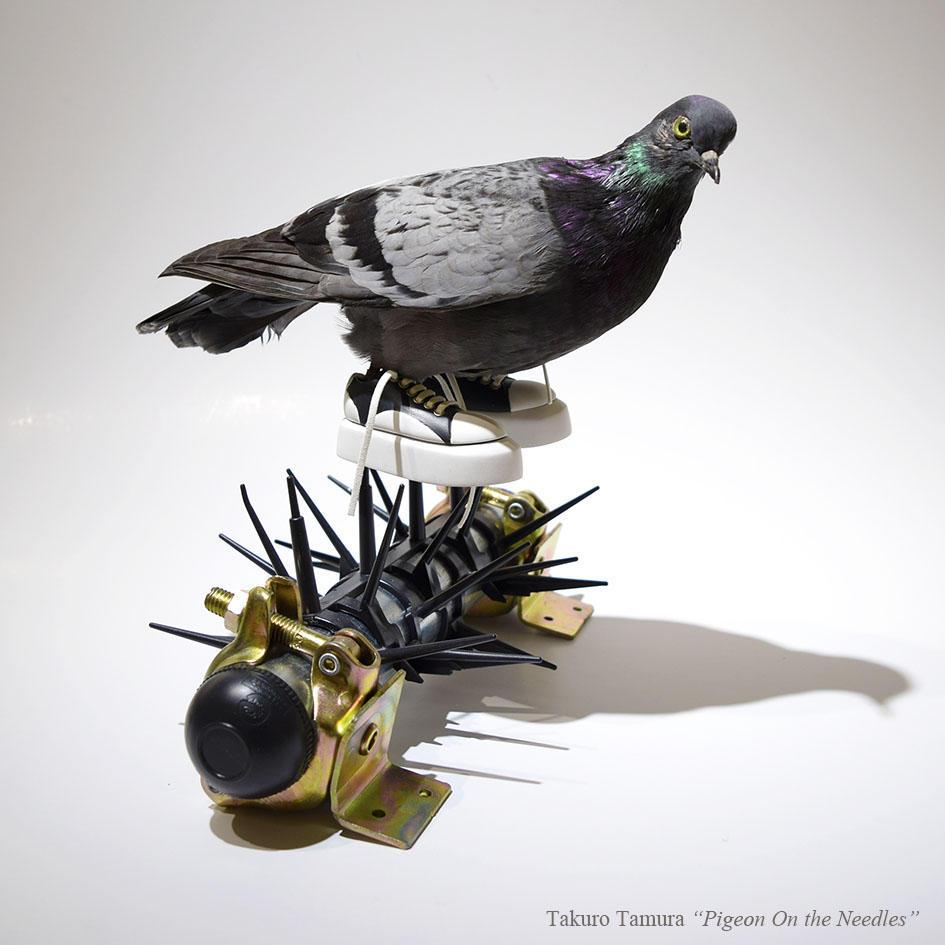






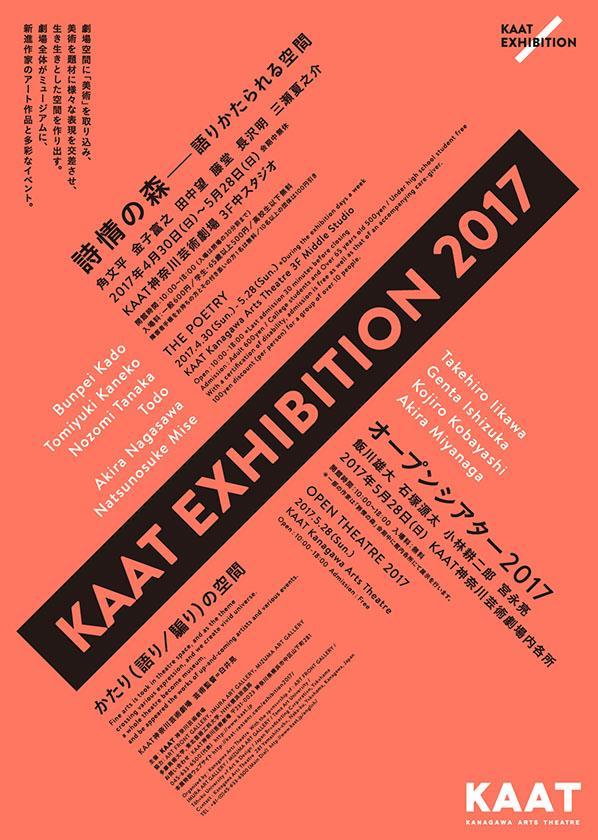
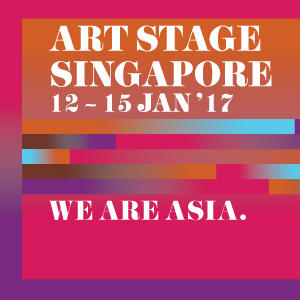



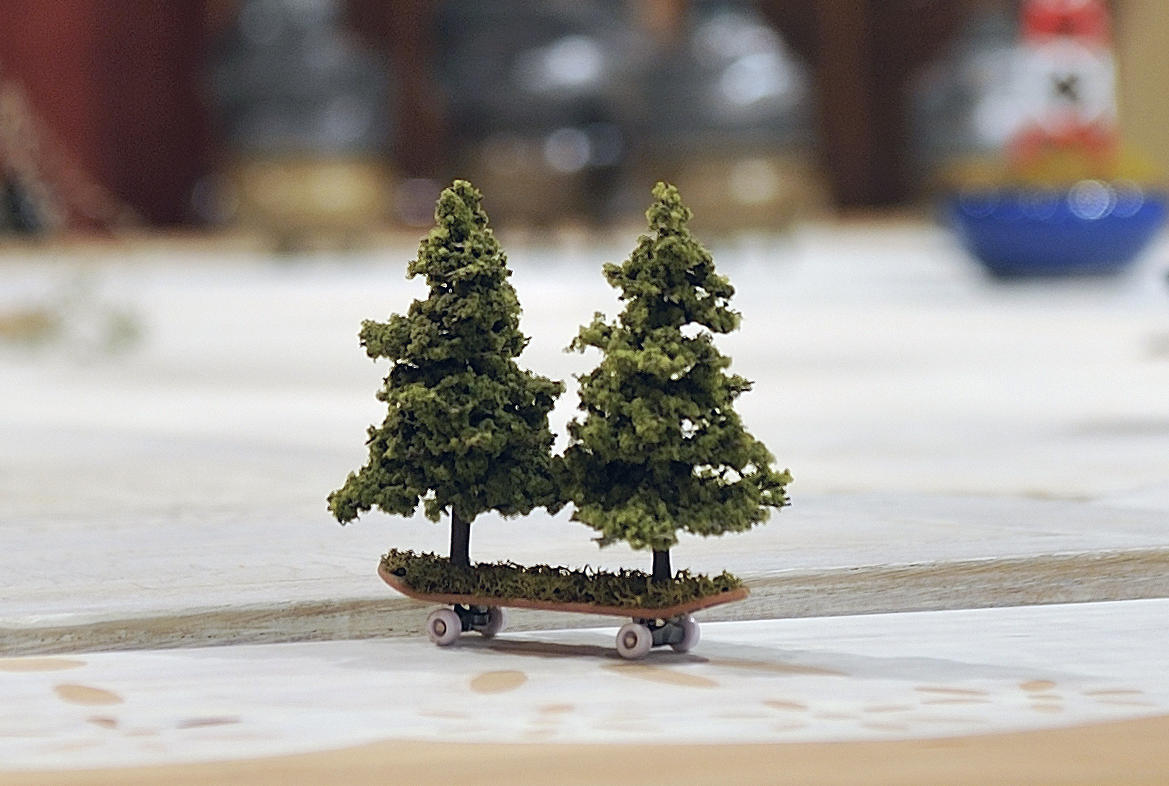




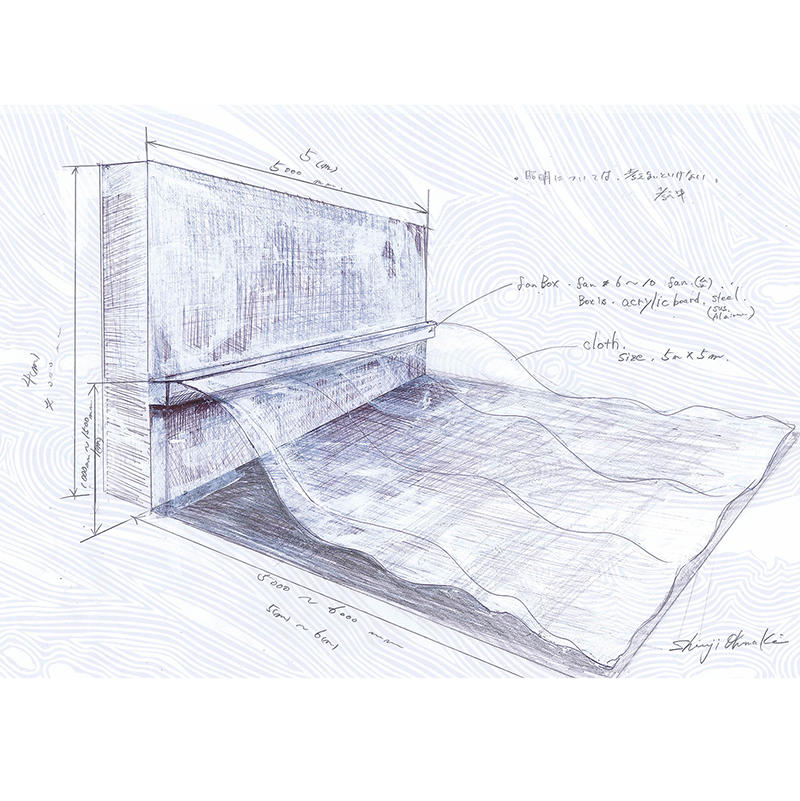


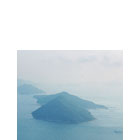

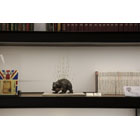

Realated Project













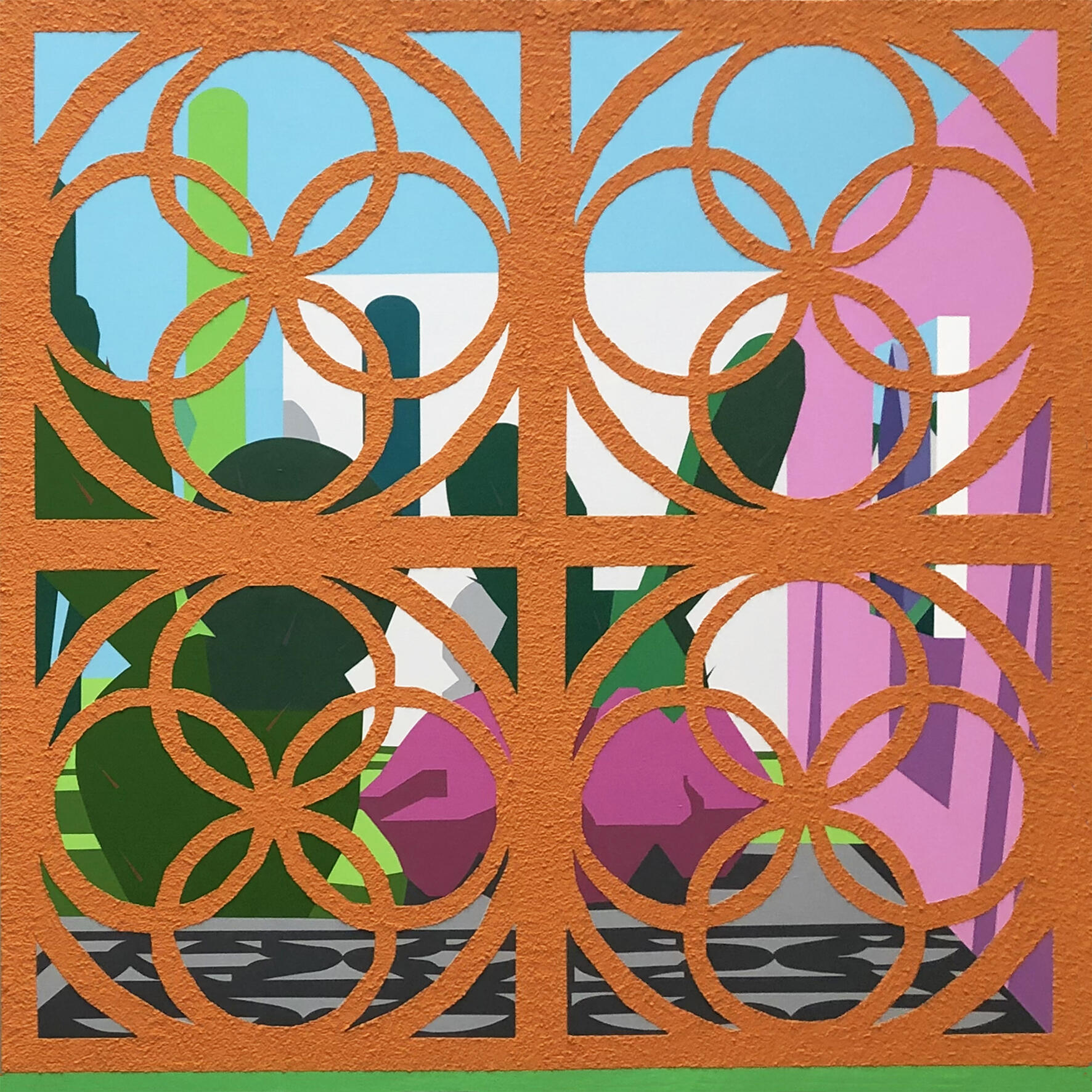

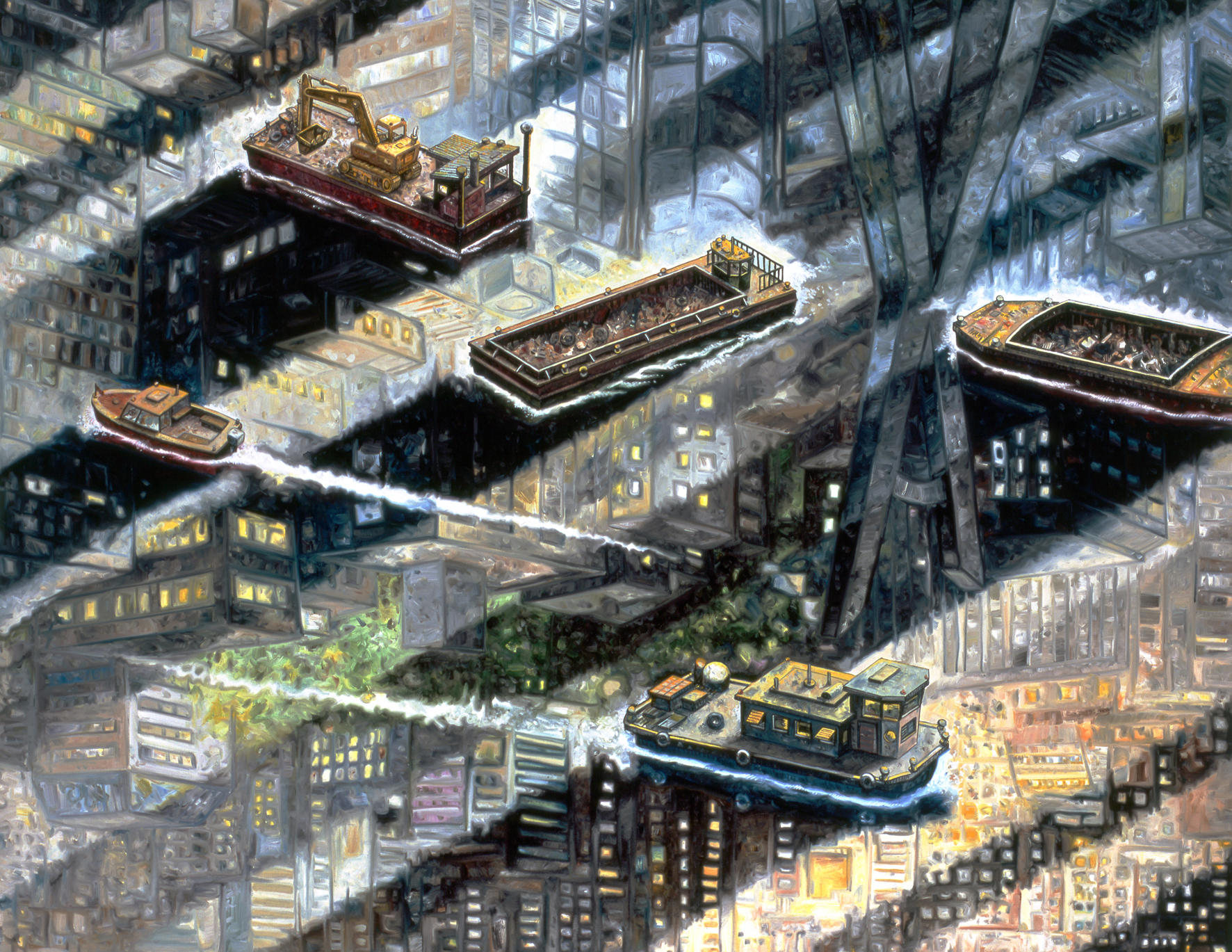


![[Interview] Bunpei Kado : Secret room](https://artfrontgallery.com/project/img/_DSC5323.jpg)
![[Interview] Bunpei Kado : The garden](https://artfrontgallery.com/project/img/f3a9d8beedb887503362c049a02de45afe674779.jpg)
